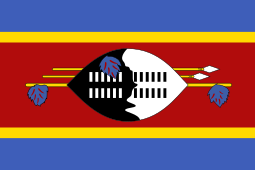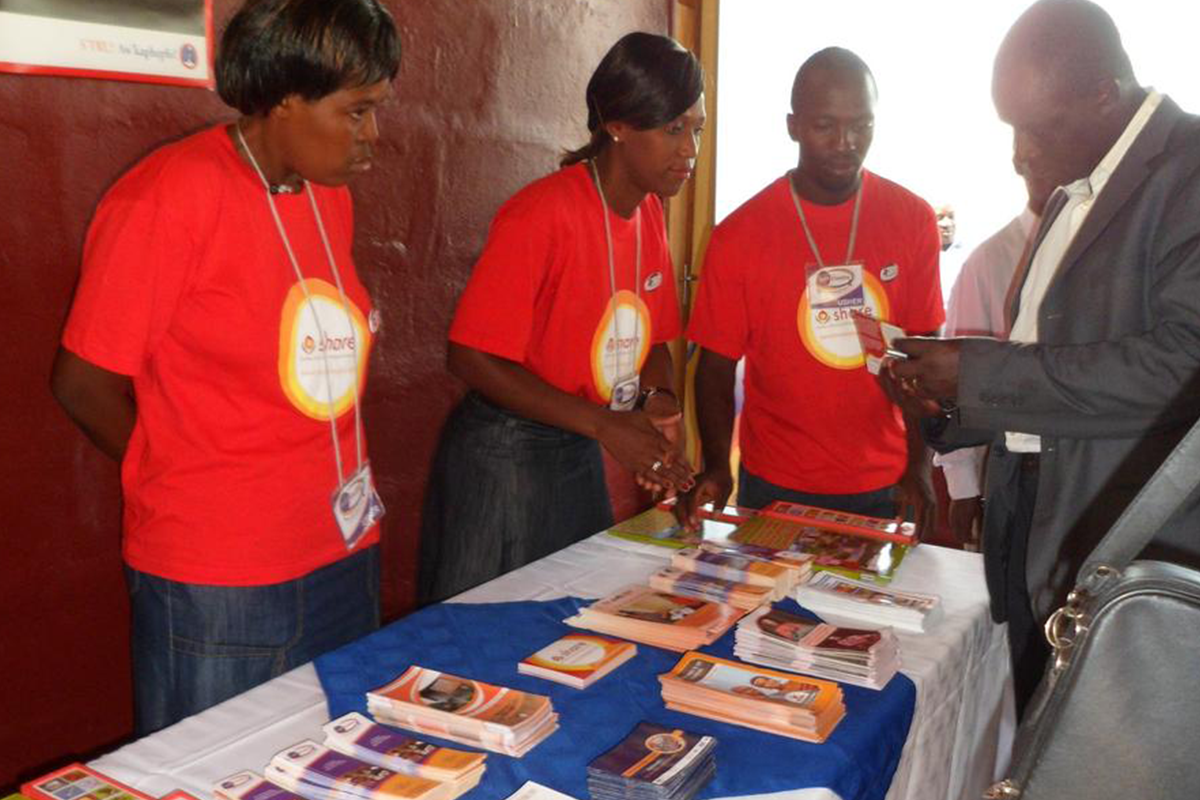
Country Snapshot: Eswatini

Eswatini (formerly Swaziland) has the highest HIV prevalence rate in the world. With an estimated 27 percent of adults (people aged 15-49) infected with HIV/AIDS, the nation faces a massive health challenge which poses detrimental effects to well-being, productivity, the nation’s economy, and stability. The Government of the Kingdom of Eswatini is making great strides towards HIV/AIDS epidemic control. The government has committed to reaching 95-95-95 targets by 2020. An obstruction on the road to achieving and maintaining HIV/AIDS epidemic control is an overwhelming shortage of health workers. To support Eswatini’s efforts, HRH2030 is assisting the government to plan for and ensure availability of appropriate levels of human resources for health (HRH) across the HIV continuum of care.
HRH2030 in Eswatini
With support from the U.S. President’s Emergency Plan for AIDS Relief (PEPFAR) and in collaboration with Open Development, HRH2030 is working with Eswatini’s Ministry of Public Service and the Ministry of Health to develop and implement a comprehensive plan for an effective transition of donor-funded health workers to the government payroll. This includes defining the HRH needs to achieve epidemic control, identifying key policy areas that pose barriers to the absorption of donor-funded workers, and realistically planning for the fiscal implications of the transition. HRH2030 also provides targeted analytical support to improve use of data for decision-making and is working to build capacity and create analytical champions within the Ministry of Public Service, Ministry of Health, Nursing Council, and other relevant entities. Previously, in collaboration with the University Research Co., HRH2030 comprehensively mapped community health workers to better understand their distribution and support HRH policy reform.
Related News & Resources
Donor-Supported Human Resources for Health Inventory Tool
To better understand the scope and nature of donor-supported investments in the health workforce, the HRH2030 Program developed a tool to help countries inventory and analyze donors’ investments in health workers.
HOT4ART: A Tool for Optimizing HRH to Deliver more HIV Services through Task-Sharing & Scaling Up of Differentiated Service Delivery
HRH2030 has developed, piloted, and field-tested the HRH Optimization Tool for Antiretroviral Therapy—HOT4ART—to help stakeholders optimize their health workforce for the roll-out of “Test and Start.”
Understanding the Donor-Supported Human Resources Needed to Achieve Sustained Epidemic Control
To better understand the scope and nature of donor-supported investments in the health workforce, USAID’s HRH2030 has supported countries in building an HRH inventory of donor-supported workers and dashboards to analyze these investments.





